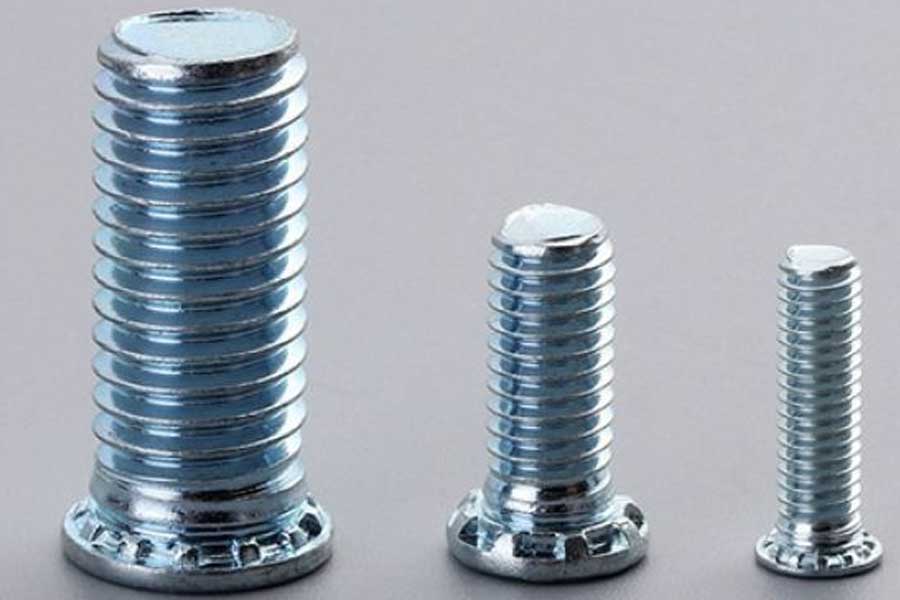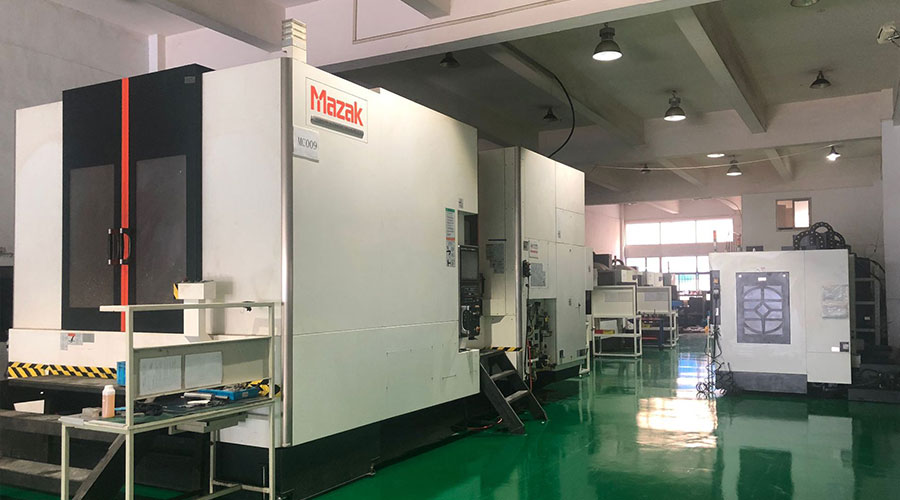Electroplating is a common method of surface treatment for hardware screws and other fastener products. Under normal circumstances, the quality of electroplating is mainly measured by its corrosion resistance, followed by appearance. Corrosion resistance is to imitate the working environment of the product, set it as the test condition, and conduct a corrosion test on it. The quality of electroplating products is controlled from the following aspects:
1. The appearance of screw fasteners after electroplating
The surface of screw fasteners is not allowed to have partial non-plating, scorching, roughness, dullness, peeling, crusting and obvious stripes, and no pinhole pitting, black plating slag, loose purification film, cracking, falling off and Severe traces of purification.
2. Coating thickness The operating life of screw fasteners in corrosive atmosphere is directly proportional to the thickness of its coating.
The general recommended thickness of economic electroplating coating is 0.00015in-0.0005in (4-12um). Hot-dip galvanizing: the standard average thickness is 54um (named greater than and equal to 3/8 is 43um), and the minimum thickness is 43um (named diameter greater than and equal to 3/8 is 37um)

3. Coating distribution of screw fasteners. Different deposition methods are used, and the way the coating gathers on the surface of screw fasteners is also different.
During electroplating, the coating metal is not uniformly deposited on the outer peripheral edge, and a thicker coating is obtained at the corners. In the threaded part of the fastener, the thickest coating is located on the top of the thread, and it gradually becomes thinner along the side of the thread, and the thinnest deposit is at the bottom of the thread. Hot-dip galvanizing is just the opposite. The thicker coating is deposited on the inner corners and At the bottom of the thread, the metal deposition tendency of the mechanical plating is the same as that of the hot-dip plating, but it is smoother and the thickness is much more uniform on the entire surface.
4. Hydrogen embrittlement
During the processing and treatment of screw fasteners, especially during pickling and sub-washing before plating and subsequent electroplating, the surface absorbs hydrogen atoms, and the deposited metal coating then traps hydrogen. When the fastener is tightened, hydrogen is transferred to the most stress-intensive part, causing the pressure to increase beyond the strength of the base metal and produce tiny surface cracks. Hydrogen is particularly active and quickly penetrates into the newly formed fracture zone. This pressure-rupture-infiltration cycle continues until the fastener breaks. It usually occurs within a few hours after the first stress application.
In order to eliminate the threat of hydrogen embrittlement, screw fasteners should be heated and baked as quickly as possible after plating to make hydrogen seep out from the coating. Baking is usually carried out at 375-4000F (176-190°C) 3—— 24 hours.
Screw fasteners need to pay attention to the above issues during electroplating, which are also the main reasons why the quality of screw fasteners is not good. Shenzhen Shishitong screw manufacturer is a professional customized production of stainless steel screws, non-standard screws, special-shaped screws, stainless steel screws, hexagon socket screws and other non-standard special-shaped screw fasteners. Various specifications of non-standard screw fasteners can be customized according to customer needs. Standard screws.
Link to this article: What are the requirements for screw fastener plating?
Reprint Statement: If there are no special instructions, all articles on this site are original. Please indicate the source for reprinting:https://www.cncmachiningptj.com/,thanks!
 Sheet metal, beryllium, carbon steel, magnesium, 3D printing, precision CNC machining services for heavy equipment, construction, agriculture and hydraulic industries. Suitable for plastics and rare alloys machining. It can turn parts up to 15.7 inches in diameter. Processes include swiss machining,broaching, turning, milling, boring and threading. It also provides metal polishing, painting, surface grinding and shaft straightening services. The production range(include aluminum die casting and zinc die casting) is up to 50,000 pieces. Suitable for screw, coupling, bearing, pump, gearbox housing, drum dryer and rotary feed valve applications.PTJ will strategize with you to provide the most cost-effective services to help you reach your target,Welcome to Contact us ( [email protected] ) directly for your new project.
Sheet metal, beryllium, carbon steel, magnesium, 3D printing, precision CNC machining services for heavy equipment, construction, agriculture and hydraulic industries. Suitable for plastics and rare alloys machining. It can turn parts up to 15.7 inches in diameter. Processes include swiss machining,broaching, turning, milling, boring and threading. It also provides metal polishing, painting, surface grinding and shaft straightening services. The production range(include aluminum die casting and zinc die casting) is up to 50,000 pieces. Suitable for screw, coupling, bearing, pump, gearbox housing, drum dryer and rotary feed valve applications.PTJ will strategize with you to provide the most cost-effective services to help you reach your target,Welcome to Contact us ( [email protected] ) directly for your new project.
Link to this article:What are the requirements for screw fastener plating?
Reprint Statement: If there are no special instructions, all articles on this site are original. Please indicate the source for reprinting.:Cut Wiki,Thanks!^^
